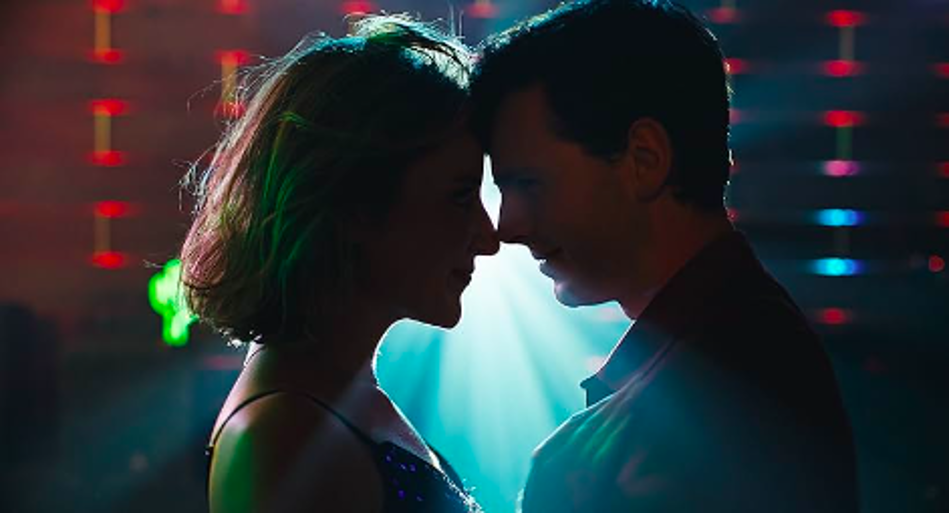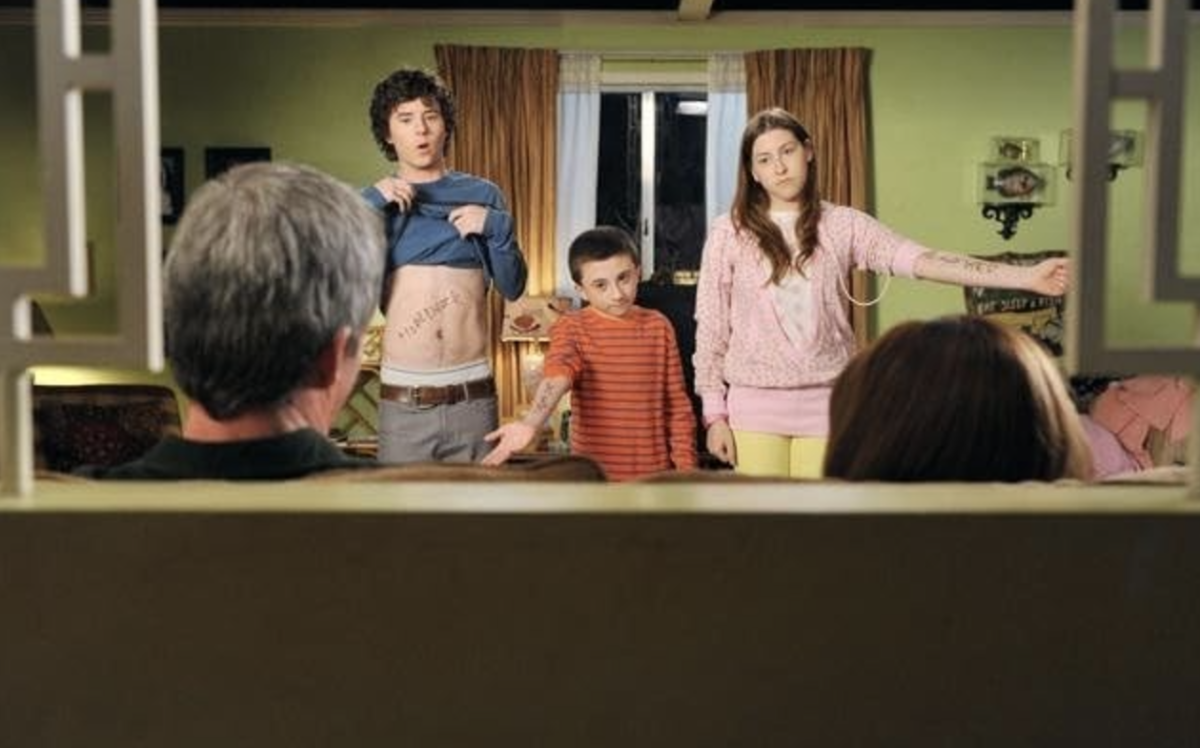
There is nothing like the feeling of a finished series, but then what?
This is the nagging thought in the mind of every television buff when their favorite show draws to a close. With the emergence of Netflix and Hulu, it can be hard to find a show that you have not watched. When one can ravage a season of “Lost” like a Viking pillaging a village, there is a lot of power to be had by the audience.
But the voyeuristic high is always cut short, and the addict’s dilemma occurs: There is nothing left to watch. And quality television is not an easy drug to come by. We find ourselves marking in our phone calendars the next upcoming episode and watching like vultures for compelling teasers or trailers.
While television has been experiencing an artistic revitalization of late, and many of these current shows are enticing and popular, their youth is also their downfall. Many of their far-from-obsolete progenitors have already accumulated archived seasons, which are readily available for viewing. While their age might be a turn-off for some, the similarities are abundant and intriguing between modern television shows and those that preceded them, and the average program could benefit from a little history lesson.
With this in mind, we have compiled a list of suggestions for the young and the tube-starved, including a modern analog to ground the uninitiated. Some are better than others, but when you need a fix, you can’t complain.
How I Met Your Mother – Cheers
At first glance, these two shows seem like utter opposites, but upon closer inspection many similarities become apparent. The chumminess of a group of pals set against a constant watering hole backdrop might seem like a basic observation, but there are deeper points of connection. A strong loyalty between patrons and an establishment is something we do not often see in modern times. Both “HIMYM” and “Cheers” capture this elusive quality of friendship and escape, where a bar acts as a point of refuge for the characters. It remains a constant for people in life who want nothing more than to take each day as it comes.
Two and a Half Men – The Odd Couple
Opposites attract. A tale like this has been told nonstop throughout history, and this idea has been mimicked in television shows. With “Two and a Half Men,” the vulgarity provided by Charlie Sheen (formerly) and John Cryer, brings a typical tale like “The Odd Couple” into a modern lens. Just about everyone can relate to the concepts of getting along with an incompatible personality and finding joy in symbiosis.
The Office (US) – The Office (UK)
This might seem like a cop out, but it is quite surprising how many people think that “The Office” originated in America. To compare any show to Steve Carrell’s “The Office” is a tall order that not even a title of the same name can necessarily deliver. While it might not bring the laughs you are used to with the American hit, it certainly beats watching Jim put Dwight’s stapler in Jell-O for the 20th time.
Friends – Three’s Company
Young, attractive people living in an apartment they cannot afford is a beautiful, idyllic premise. It is great to enjoy the uninhibited pleasure of being a poor, young individual without having to actually worry about the repercussions of being poor. Both shows capture the love of youth in an exploratory gaze that seems to bring into account the changing social scope of society at the time.
Two Broke Girls – Laverne and Shirley
The new CBS show, “Two Broke Girls,” can be seen as a pro-female statement against the world. This idea of female empowerment is also apparent in the 1970s sitcom “Laverne and Shirley.” This setting pits two women as friends and confidants in a world where they work for everything they get and discover an independent identity.
Survivor – Gilligan’s Island
Comparing a reality show testing the grit of human survival to a sitcom whose opening resembles a bad knock-off of “Clue” sounds like a stretch. Still, besides the island greenery, these two shows are similar in their nuanced depictions of cohabitation. The presence of a community that does not work all that well together is omnipresent in both the reality show and its sitcom partner.
These television shows might be a bit cookie-cutter or they might have only been strung together with a thread of commonality, but as with anything, patterns can be relative. Some shows range in over 30 years from their counterparts, but certain themes remain the same. As television fans, a duty must be upheld to view these older sitcoms, because, as the proverb goes, “those who fail to learn from history are doomed to repeat it.”
Jeff Mitchell can be reached at [email protected].












